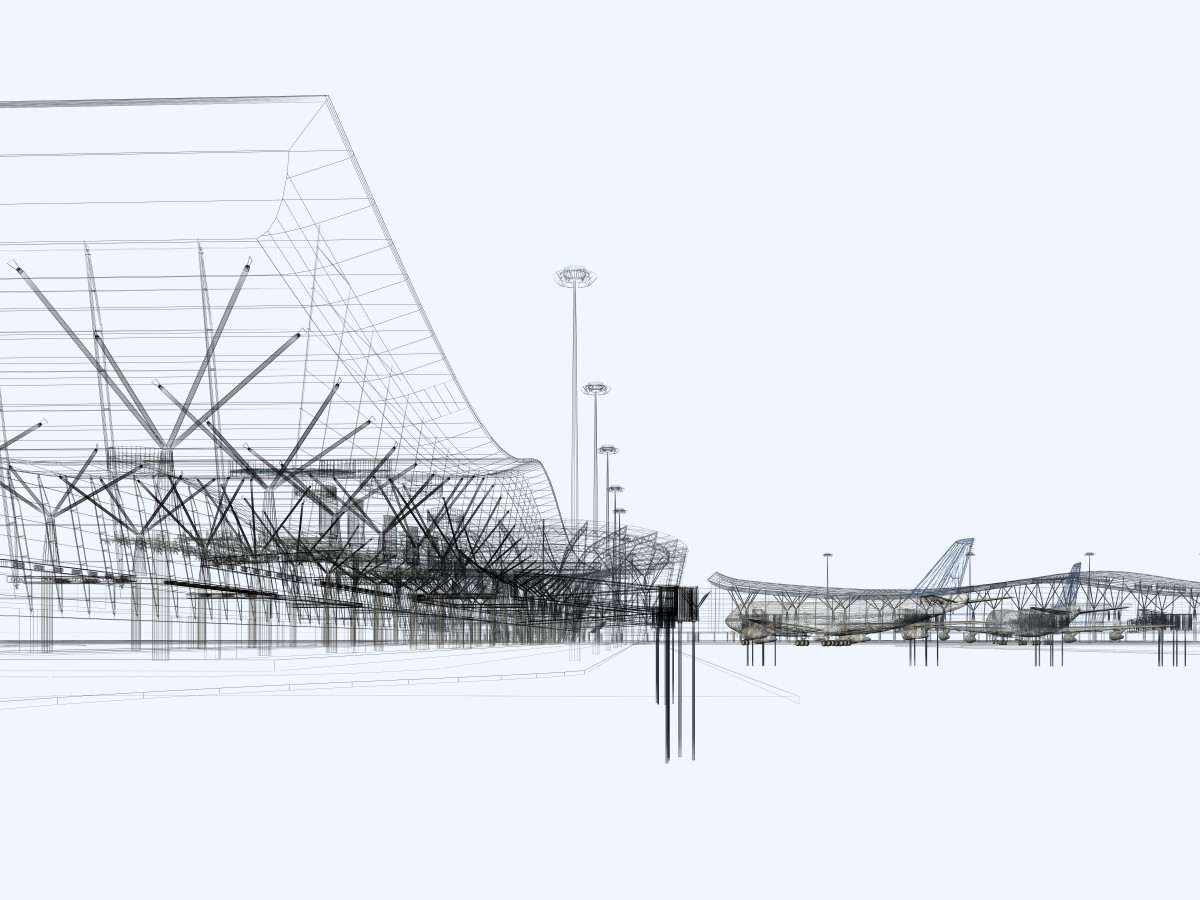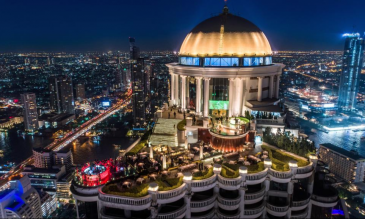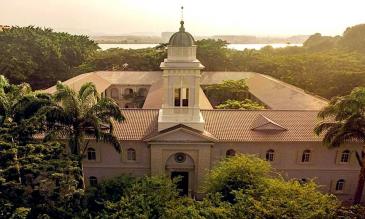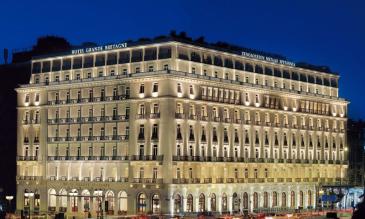Airports by nature are not exactly eco-friendly, but there are some LEED Certified airport terminals (LEED stands for Leadership in Energy and Environmental Design) that demonstrate efforts to reduce an airport or airline’s carbon footprint.
Airport terminals move millions of passengers and hundreds of thousands of tons of freight each year. They average 515 flights in and out per day, generating roughly 20 million tons of carbon dioxide in the process (along with sulphates, nitrous oxide, and soot).
Because air travel is such a relied-upon means to get from one place to another – and the method will likely only increase – it makes sense for an airline terminal to become as environmentally conscious as possible.
Several eco-friendly airport terminals in the United States have met criteria to become LEED Certified Silver, Gold, or Platinum. The people behind these terminals have focused new construction or remodeling efforts on sustainability, presenting the air-flying public with features that reduce their negative environmental impact.
How Does an Airport Terminal Achieve LEED Certification?
The U.S. Green Building Council developed LEED standards as a framework for implementing environmentally-conscious practices and procedures in design, construction, remodeling, décor, and energy policy.
A LEED Certified airport terminal reflects an effort to ease stress on the planet and it shows that time has been committed to offering travelers a green way to get where they’re going.
Although sometimes it may be impractical to choose the terminal you fly in or out of solely based on LEED Certification, you have options in many instances. The United States has quite a few LEED Certified airport terminals grouped together in popular hubs like the San Francisco Bay Area – so greening your flight in this region can be as easy as opting for one airline/ airport over another.
If you’re eco-minded – even when you travel – consider that the 3 LEED Certified airport terminals on our list have openly sought out certification for environmental stewardship in the following categories:
- Sustainability of site
- Water efficiency
- Energy and atmosphere
- Materials and resources
- Indoor environment quality
- Location and linkage
- Awareness and education
- Innovation in design
- Regional programs
The LEED Certification process utilizes a points system, which evaluates the eco-friendliness of a structure. There are four levels of certification:
- Certified
- Certified Silver
- Certified Gold
- And Certified Platinum
Why Seek LEED Certification?
Airport terminals in the United States alone represent billions of square feet of space. With so much public space – using billions of dollars in energy annually and taking up a large amount of building materials – you can see why it’s imperative for the airline industry to take steps toward keeping resource use in check.
The opportunities for airports and airline terminals to reduce their negative environmental impact are plenty. Airports are prime targets for energy reduction as well as an entire green makeover.
Striving to meet LEED Certification Standards means making profound changes in:
- Energy and water efficiency (more solar and wind power)
- Waste reduction and management (composting and recycling)
- Sustainable and local purchases (use of reclaimed materials and seasonal produce)
- Use of alternative transportation (hybrid car shuttles and construction of walkable areas)
- Air quality (air-purification systems)
- Access to natural light (green design and architecture)
- Energy-efficient control of indoor environment (lighting and air-conditioning)
Top 3 LEED Certified Airport Terminals
The following LEED Certified airport terminals made our Top 3 list because they demonstrate a commitment to environmental awareness as well as passenger comfort.
San Francisco International Airport (SFO) Terminal 2 – SFO’s Terminal 2 reopened in 2011 after a remodel that would showcase its LEED Gold Certification. San Francisco International Airport’s dedication to efficiency, creativity, and a top-notch passenger experience easily qualifies it for a place on our ultimate eco-friendly airports list.
SFO’s Terminal 2 consists of approximately 64,000 square feet of space (including 39,793 feet of retail space) and 14 gates that accommodate about 5.5 million passengers per year. The terminal offers many sustainable features that help reduce water use, waste, and greenhouse gases. T2 is 15% more energy efficient than California’s building code requires, with fixtures that are 40% more efficient than standard.
All organic and local food vendors are required to use recycled material for packaging in Terminal 2, and ample floor-to-ceiling windows and skylights significantly reduce the building’s electricity requirements.
Boston International Airport (BOS) Terminal A – Terminal A at Boston Logan International Airport is a LEED Certified airport terminal that strives to be a memorable part of a passenger’s travel experience – based on design primarily. Terminal A consolidated Delta’s day-to-day operations in a main building and satellite concourse, which are linked by an underground pedestrian tunnel with moving sidewalks.
Terminal A at BOS focuses on design as a way to go green. This terminal strikes a perfect balance between bringing in natural light and appearing too glary. The terminal is built with roof paving and structure that reflects heat. Terminal A won the Jay Hollingsworth Speas Airport Award, which recognizes contributions in achieving better relationships between airports and their local environment.
Hartsfield-Jackson Atlanta International Airport (ATL) International Terminal – ATL’s International Terminal has achieved LEED Gold Certification as a result of its focus on sustainability in construction and operation. The Maynard H. Jackson Jr. International Terminal at ATL is a 1.2 million-square-foot terminal that was built with recycled and/ or regionally-produced construction materials. Steps are taken to conserve energy on a day-to-day basis.
Among the eco-friendly features at ATL’s International terminal are a 25,000 cubic-foot “water box” that collects rainwater from the roof and cleanses it through filters for release into the environment.
ATL’s International Terminal also features a cleaning program that adheres to strict Green Seal standards, and it boasts a single-stream recycling program in which recyclables are collected in 50-gallon, stainless-steel drams and sorted offsite.

 En
En Es
Es Fr
Fr











